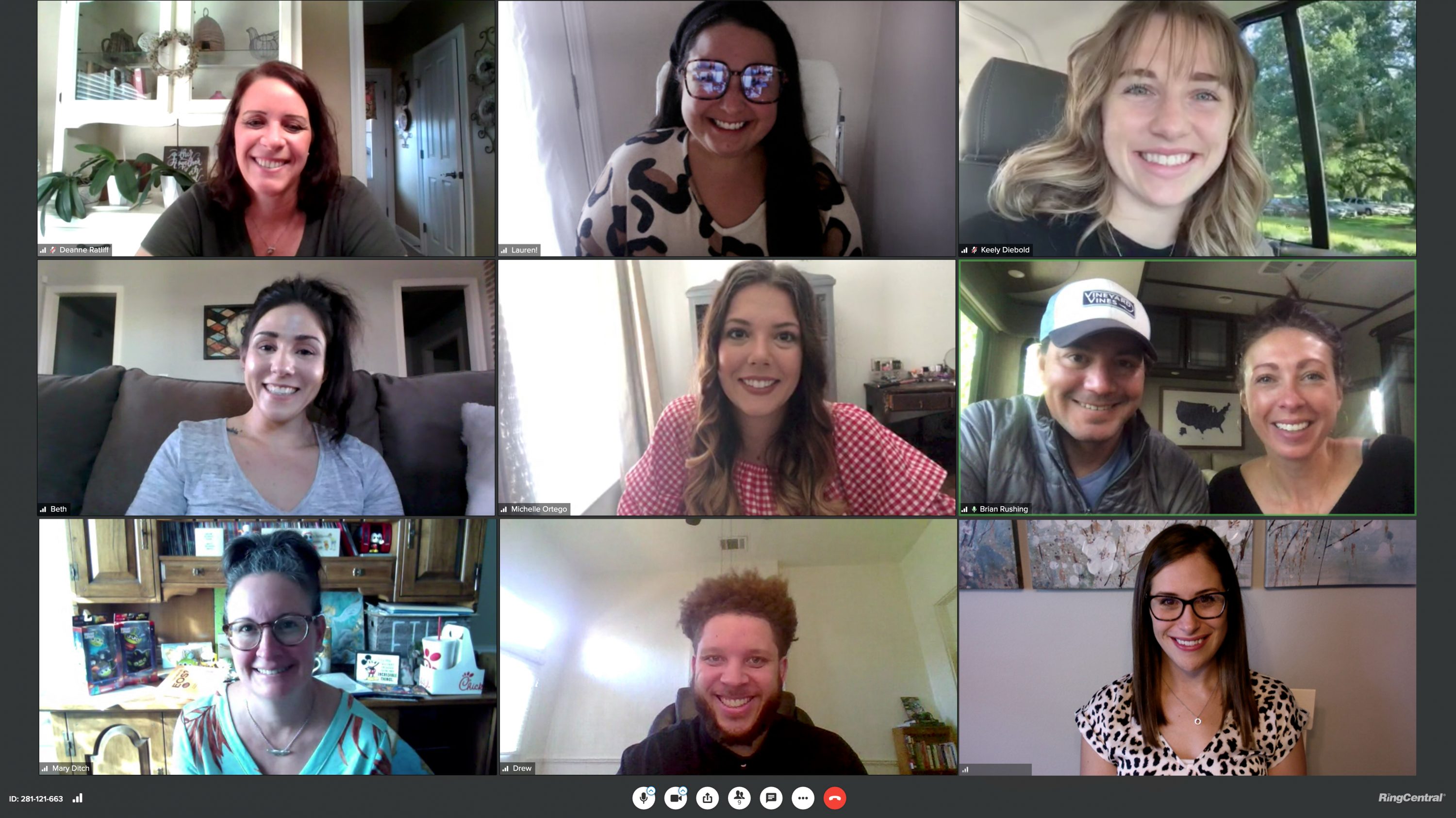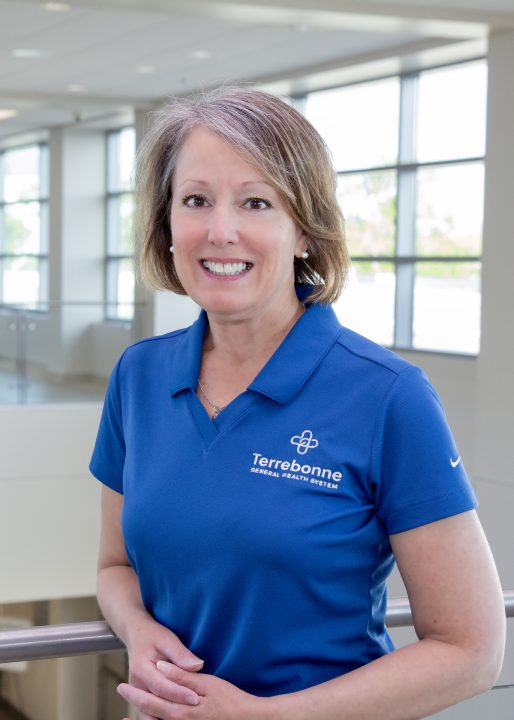
Comfort in the Community
August 31, 2020
Gallery: Local citizens raise their voices for the community’s children
August 31, 2020For a company that has been set in its ways for a significant time, it would be an understatement to say that the idea of transitioning to a remote work format can be overwhelming.
Uncertainty arises over how processes and communication will work if employees are not in one location, what expectations will be placed on employees who are not working in a continuously-supervised setting and the cost associated with moving toward remote operations.
Oftentimes, it takes a leap of faith to make such a transition. Sometimes, it takes a pandemic.
When the threat of COVID-19 began to close schools indefinitely back in March, businesses were forced to search for a response to the new, albeit temporary, reality that employees would have to take care of school-age children while continuing to work.
For Rushing Media, LLC., a response was unknowingly in the works well before it was needed and, along the way, became a long-term movement.
“We had set ourselves up unknowingly to be ready for it but just hadn’t pulled the trigger, and the COVID shutdowns forced us to pull the trigger, and it just worked pretty seamlessly,” owner Brian Rushing said.
Since March, Rushing Media has operated entirely remotely, continuing to produce three monthly publications, one weekly publication and daily online news coverage apart from a physical office.
Brian attributes the transition to steps that were already being made toward creating a more flexible work environment for the company.
“We kind of realized over time that we wanted employees to have some more flexibility, but because of having a physical file server in the building and difficulties and costs involved with remote access to that server, it was just something that always got put on the back burner,” Brian said.
When the server, which housed all of the company’s necessary files for operation, began to fail last December, Rushing Media saw an opportunity to begin moving toward remote work.
Files were transitioned to Google’s G Suite, an online, cloud-based collaboration tool for businesses, to allow for remote access. From there, the company decided to deploy Google Chromebooks to several employees, a process that was nearing completion as schools shut down.
The Chromebooks work hand-in-hand with the G Suite, but they also prevent files from being lost if a device crashes, Brian said. All Chromebook settings and files are saved to a cloud, so if one breaks, a new Chromebook can be set up quickly with exactly the same settings.
“I think that was the other part of the deal. Solid laptops that had all of the capabilities to do all of this stuff are fairly expensive, and we’re a small company,” Brian said. “When we started doing some research and realizing that decently-equipped Chromebooks could be had for less than $400 each, it was a no-brainer to start buying those and getting them in the hands of employees.”
Meanwhile, the company turned to video conferencing services like Google Hangouts and RingCentral for team meetings.
The company had already solved any remote communication issues with the use of Slack, a business-focused platform that allows for the creation of topic-centered groups and channels for streamlining communication. “You have to have some kind of business-designed messaging system that allows you to transfer files between employees, transfer documents and keep conversations in a topic-specific conversation place. Without that, it’s just mayhem. Email and text are very poor ways to communicate about projects in a business environment,” Brian said.
The final piece of the puzzle in moving toward remote work was solving the company’s on-site, server-based ad scheduling and billing system. With a failing server, Brian said the company had to find a way to transition that process to a cloud system as well.
The answer was Workamajig, a web-based project management system that employees can access from wherever they are and use to collaborate on projects remotely.
“So many companies have these legacy systems that are ancient, and they just don’t move because it’s hard, and at some point you’ve got to do the hard things to make it easier for your business to grow,” Brian said.
The months of implementing new systems and processes that led up to the pandemic ultimately made the decision to allow employees, most of whom have young children, to work from home a doable solution.
What was once a COVID-19 response, though, has now become Rushing Media’s future.
In June, the company announced that the decision was made to sell its longtime office location on West Park Avenue and rent a smaller office elsewhere in Houma. The smaller space will serve as a “home” for Rushing Media, but remote work is here to stay for the company moving forward.
Selling the building was a big step for the company, as Brian’s parents built it roughly 30 years ago. However, it was a necessary one.
Part of the decision was financial, Brian said, as such an expensive, large building space was no longer needed for Rushing Media’s future.
The other part was a statement to the company’s employees that it is committed to giving them a more flexible lifestyle—that an eight-to-five office schedule is not required, and there would be no going back to that way of operating.
“I wanted more flexibility for me and my family than the eight-to-five day gives us, so why wouldn’t my employees want that same flexibility?” Brian said. “I saw employees taking lunches with their kids, or getting work done at night so that they could take a long weekend, and I saw how much more productive people were being with that flexibility to work when they wanted and when they had time so that they could also have a life that did not revolve around this eight-to-five work schedule.”
Brian said the company’s success in transitioning to remote operations was rooted in asking employees what they would need in order to seamlessly work from home. It all boiled down to two main components: a cloud-based file storage system and a business-focused communication tool.
Transitioning to remote work was a big step, but it is a step of which Brian believes all businesses are capable in some way. Ultimately, he encourages business owners to begin looking toward implementing systems that allow for remote operations.
After all, the day may come again where such a transition is necessary.
“Whether you plan to work remotely 100 percent or not, you need to set up your business so that employees have the option… There will probably come a time when an employee will need that option, and you should be prepared for that,” Brian said. “Even if it’s for a temporary solution, you should be prepared for remote work, and the tools are there in almost every industry to make that happen.”•










